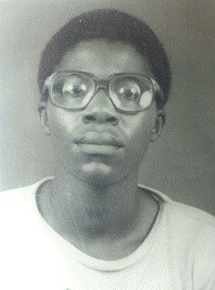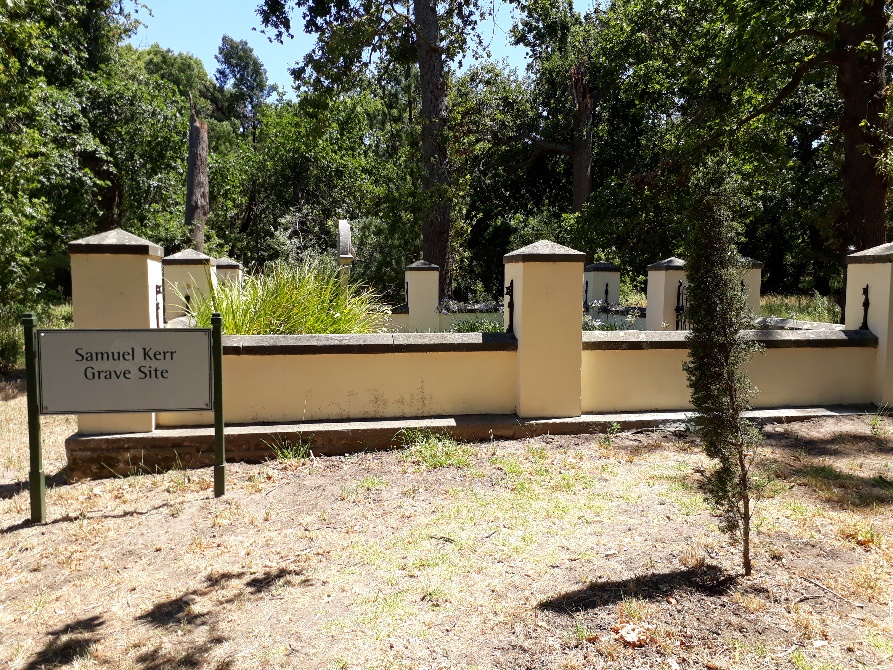This Nature Reserve lies in the majestic
Hottentots Holland Mountains, about 90 km South-East of
Cape Town. The 70 000 Hectare reserve stretches from
Elgin in the South to beyond
Villiersdorp in the north, and from the
Stellenbosch Mountains in the West, Eastwards to the
Groenland Mountains, and is a World Heritage Site. The rocky Mountains, bright wildflowers and still natural pools make the Hottentots Holland Nature Reserve perfect for challenging hikes, pulse-racing kloofing and the new Cape Canopy Tour Zipline Adventure. The Reserve’s mountainous terrain ranges between altitudes of 500 m and 1 590 m. Summers are generally hot and dry, while winters are cold with annual rainfall as high as 3 300mm on the
Dwarsberg plateau. Weather conditions in the mountains can be unpredictable and dangerous. The entrance to the reserve is at Nuweberg, high in
Viljoen’s Pass between
Grabouw and Villiersdorp. About 7 000 hectares of private and state property around the reserve is co-managed by the Theewaterskloof Conservancy, which includes CapeNature and various landowners. Hottentots Holland Nature Reserve is about an hour’s drive from Cape Town. Take the N2 over Sir Lowry’s Pass, turn left on the R 321, go through Grabouw and on towards Villiersdorp. Up in Viljoen’s Pass, watch out for Nuweberg and the reserve entrance signposted on your left.

